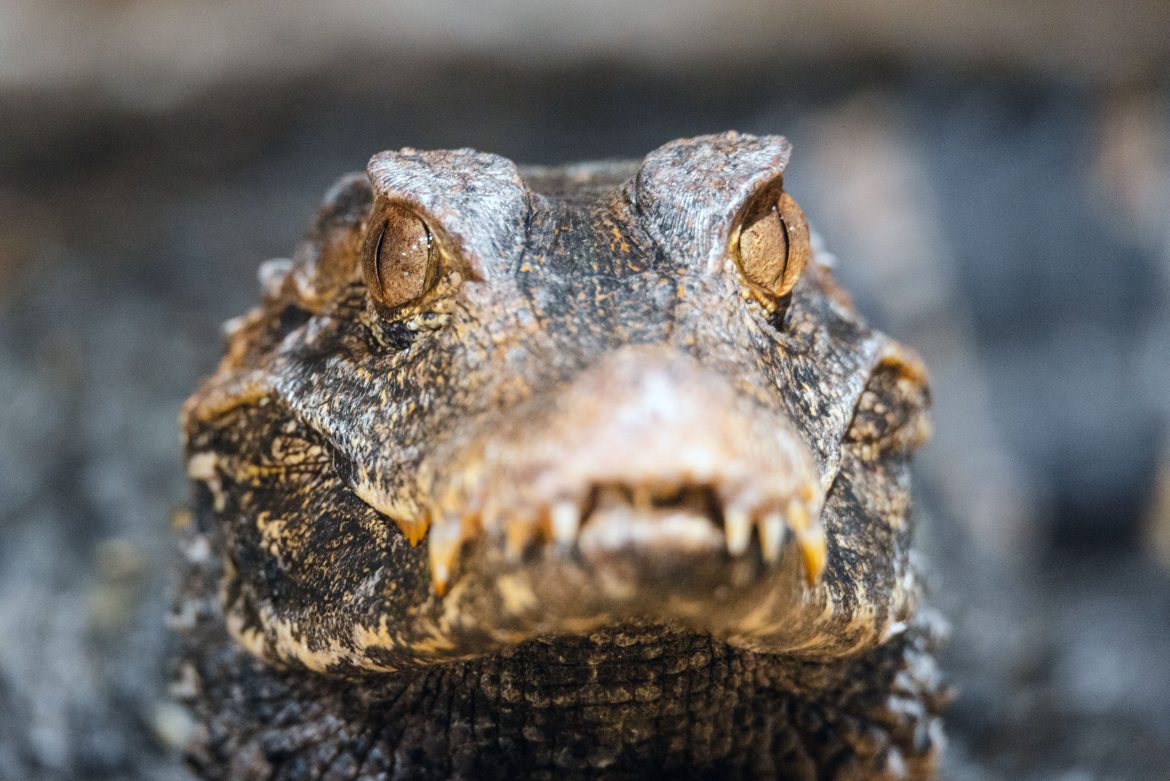
Content tagged 'Amazon'

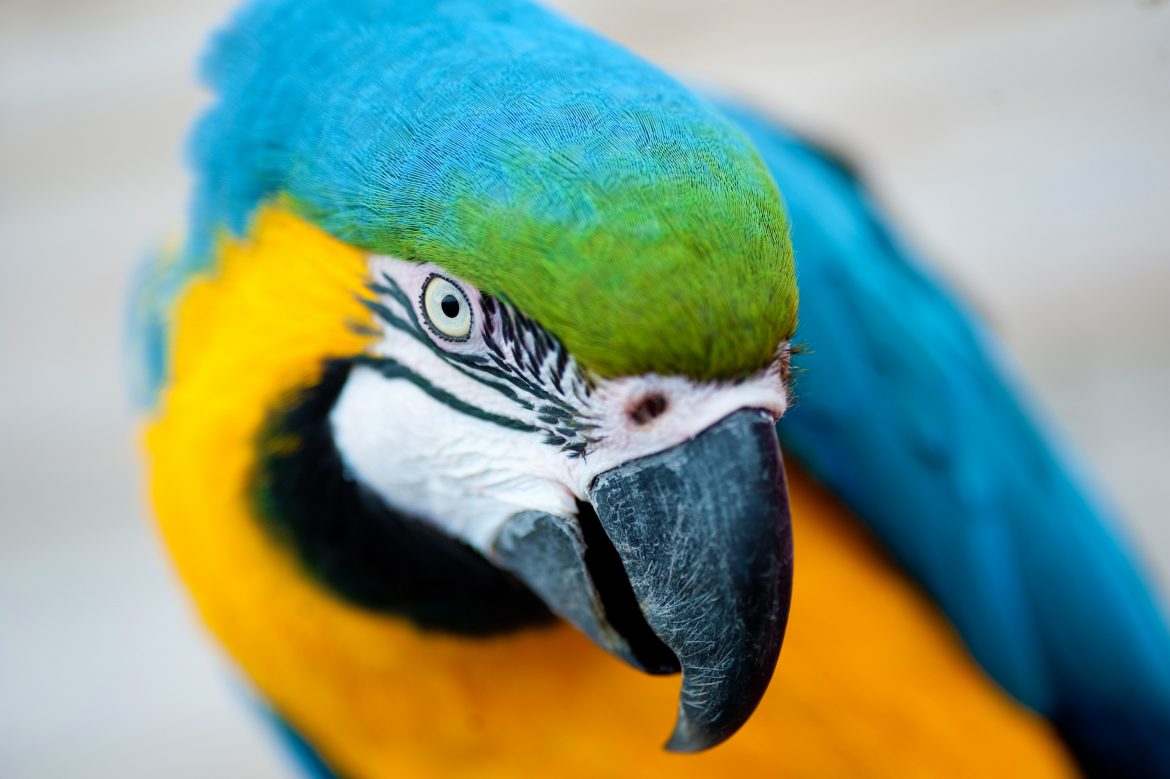
Blue and Yellow Macaw
The Blue and Yellow Macaw is often considered to be one of the most trainable birds of these parrots with the perceived intelligence equivalent of a 3 year old child.
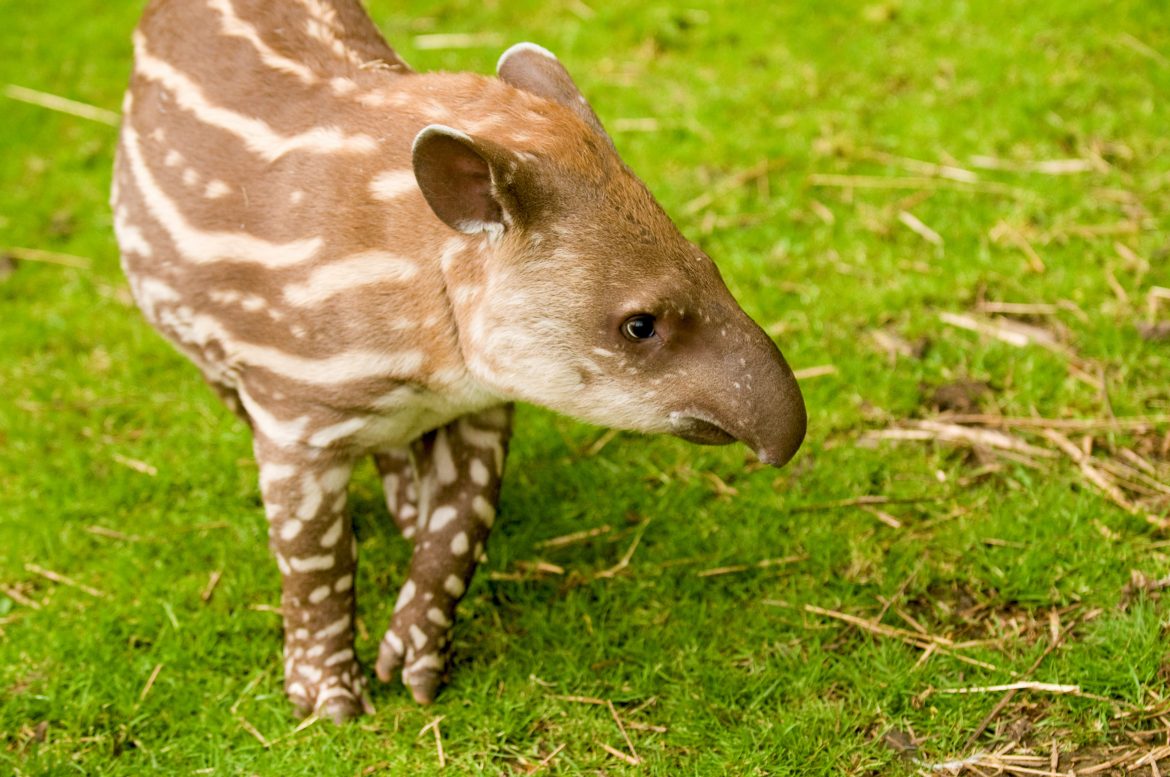
Brazilian Tapir
The tapir is related to the horse and rhinoceros. Today’s tapirs closely resemble those found roaming the Earth 35 million years ago. The Brazilian or Lowland Tapir is nearly always found close to water and is an excellent swimmer. It is fast and sure-footed on land too, even on the roughest terrain.
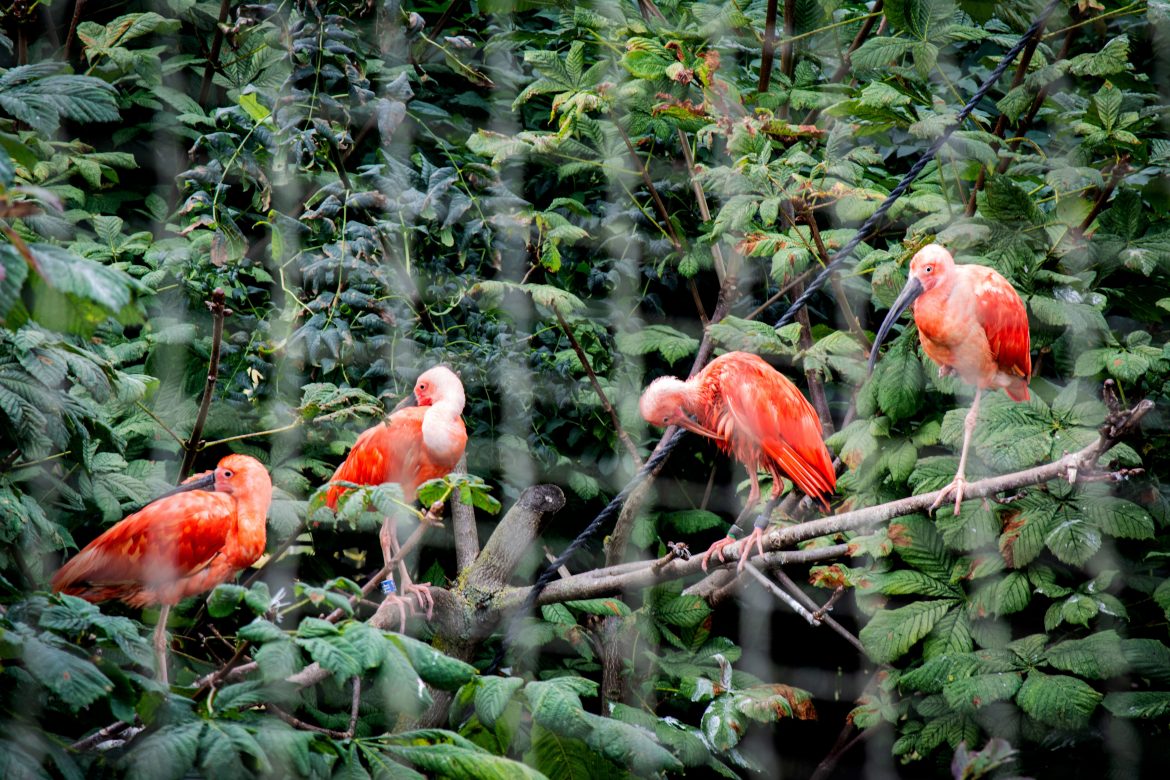
Scarlet Ibis
As its name suggests, the Scarlet Ibis is completely red – apart from its black wing tips. With long legs and a slender neck, they grow to 75cm (30in) high and have a wingspan of 30cm (1ft).
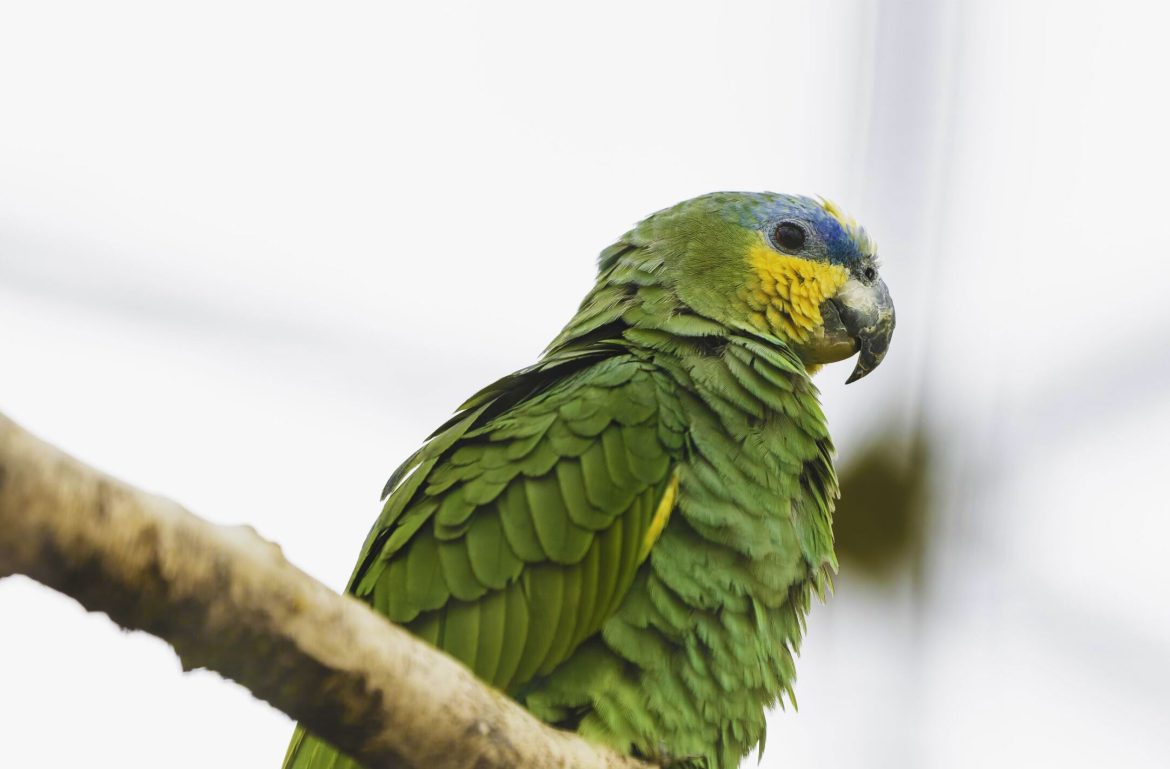
Orange-winged Amazon Parrot
The Orange-winged Amazon Parrot has no protective status at the moment, but it is now treated as a pest by farmers.
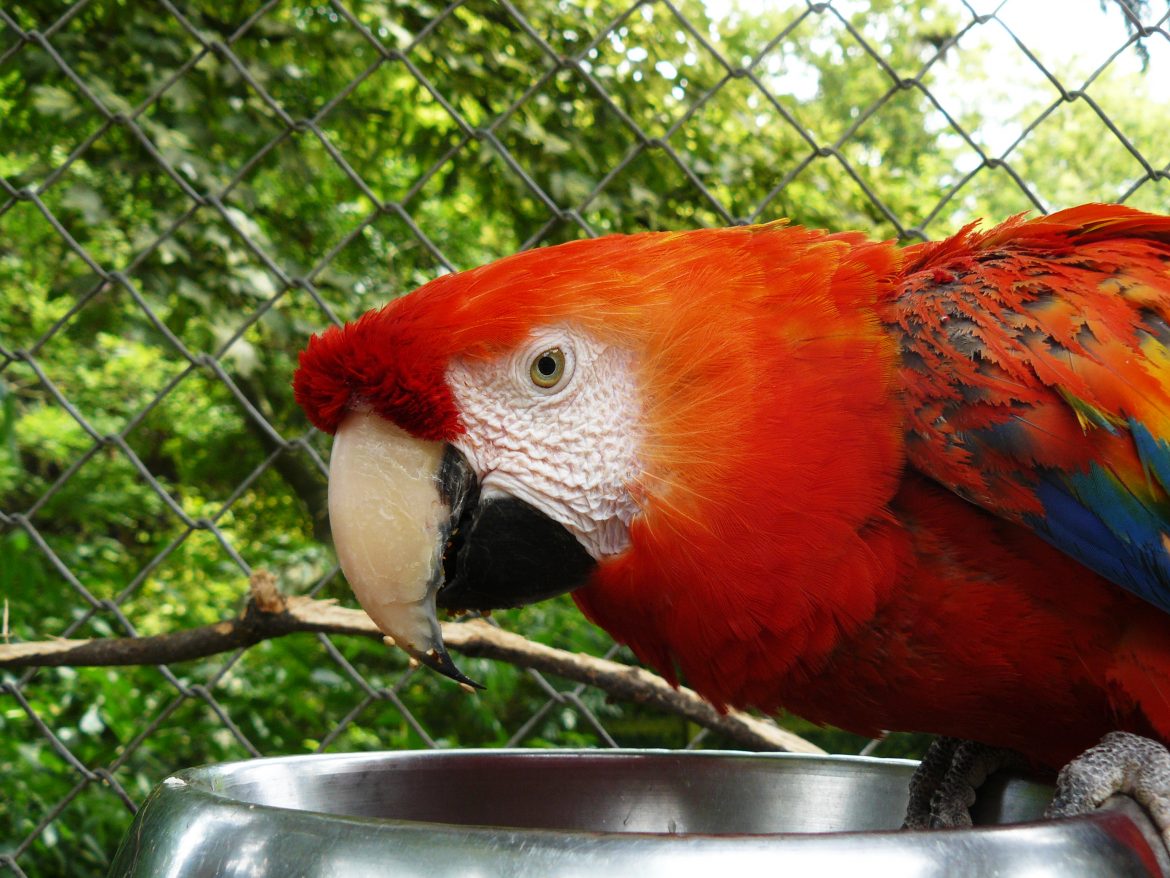
Scarlet Macaw
With its bright feathers and a long pointed tail, the Scarlet Macaw is one of the most recognisable parrots in the world. It’s also one of the most long lived – reaching up to 75 years of age.
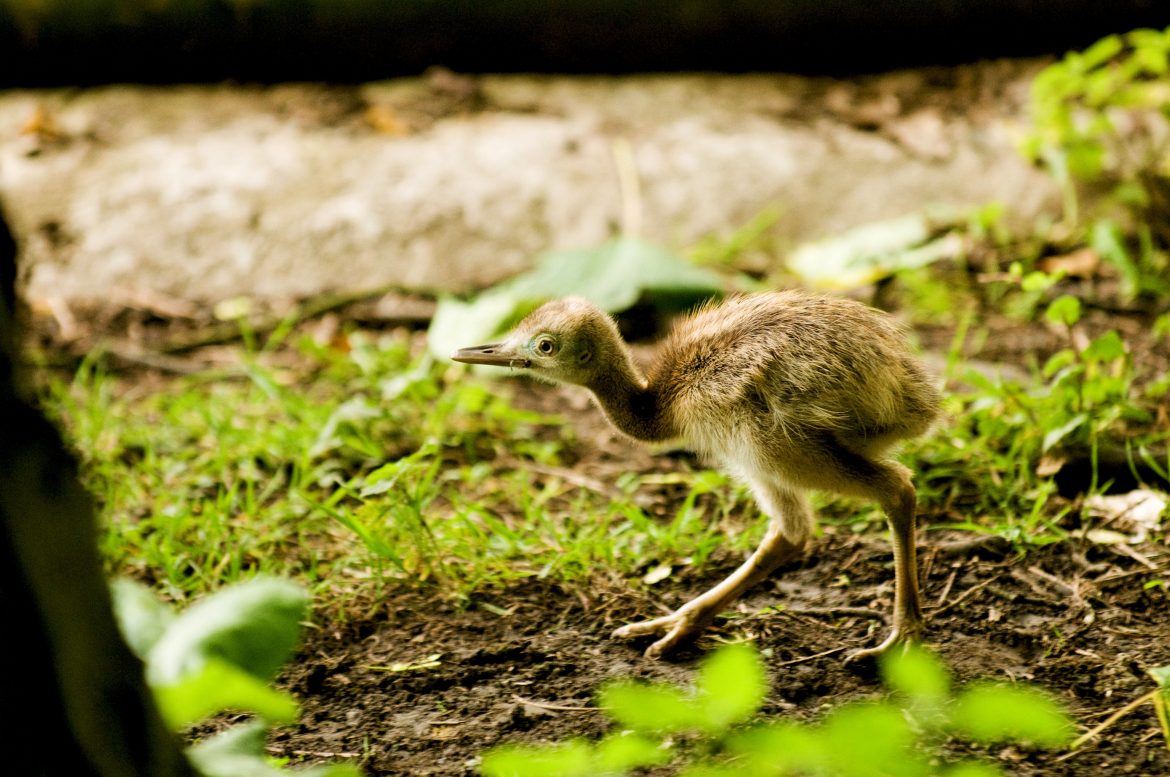
Greater Rhea
Like ostriches and emus, the rhea is flightless and uses its long powerful legs to escape from predators. Living in flocks of 30 or more, rheas roam the vast pampas grasslands in search of grass seed, roots and fruits. However, they are also known to boost their diets with protein rich meals such as fledgling birds, insects and small reptiles.
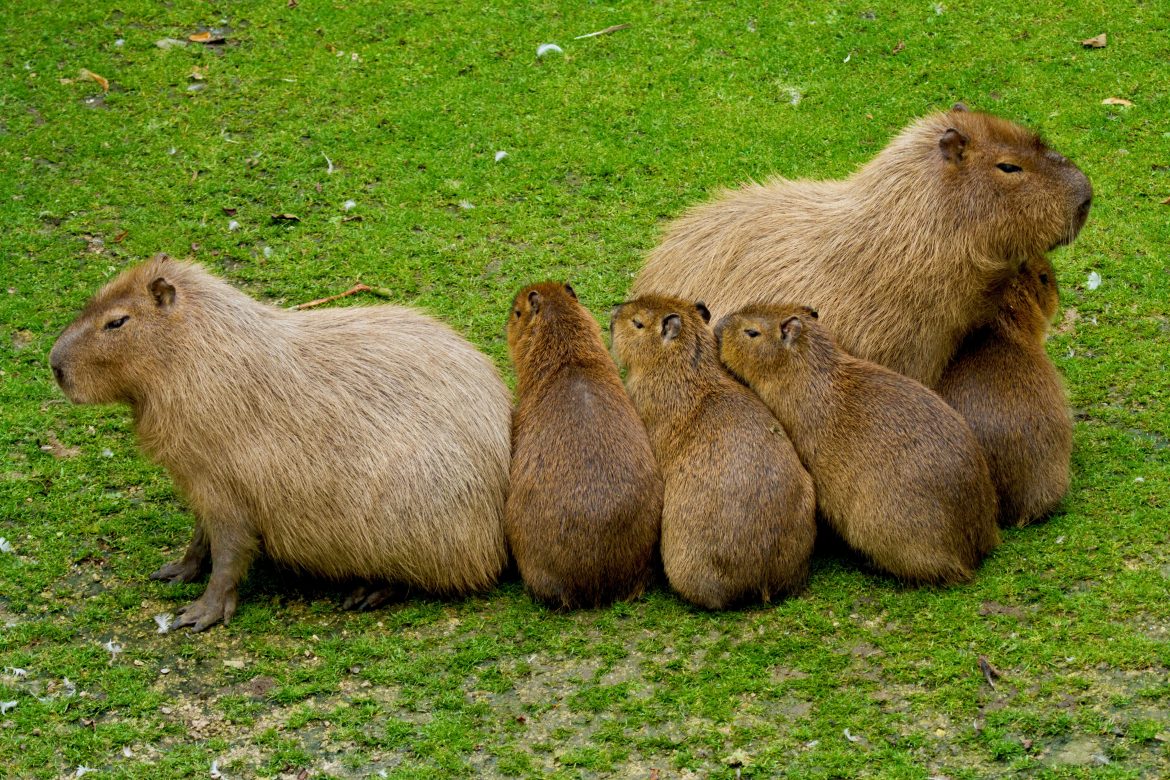
Capybara
Capybaras are semi-aquatic, spending a lot of their time in the water. They are very well adapted to this lifestyle with their eyes, ears and nostrils being on the top of their large heads, allowing them see and breathe while swimming.
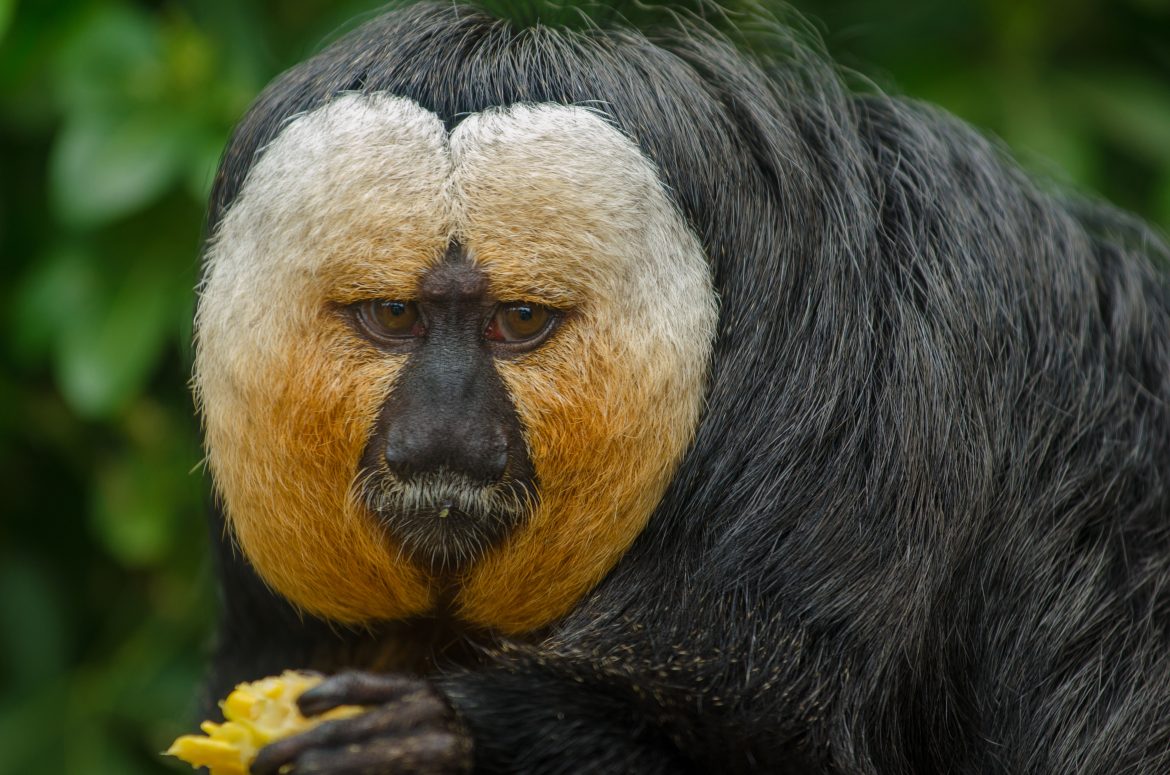
White-faced Saki Monkey
Living in small family groups with one male, one female and their offspring, these primates are very different in shape and locomotion compared to most other primates, and are surprisingly fast and agile in their forest canopy home.
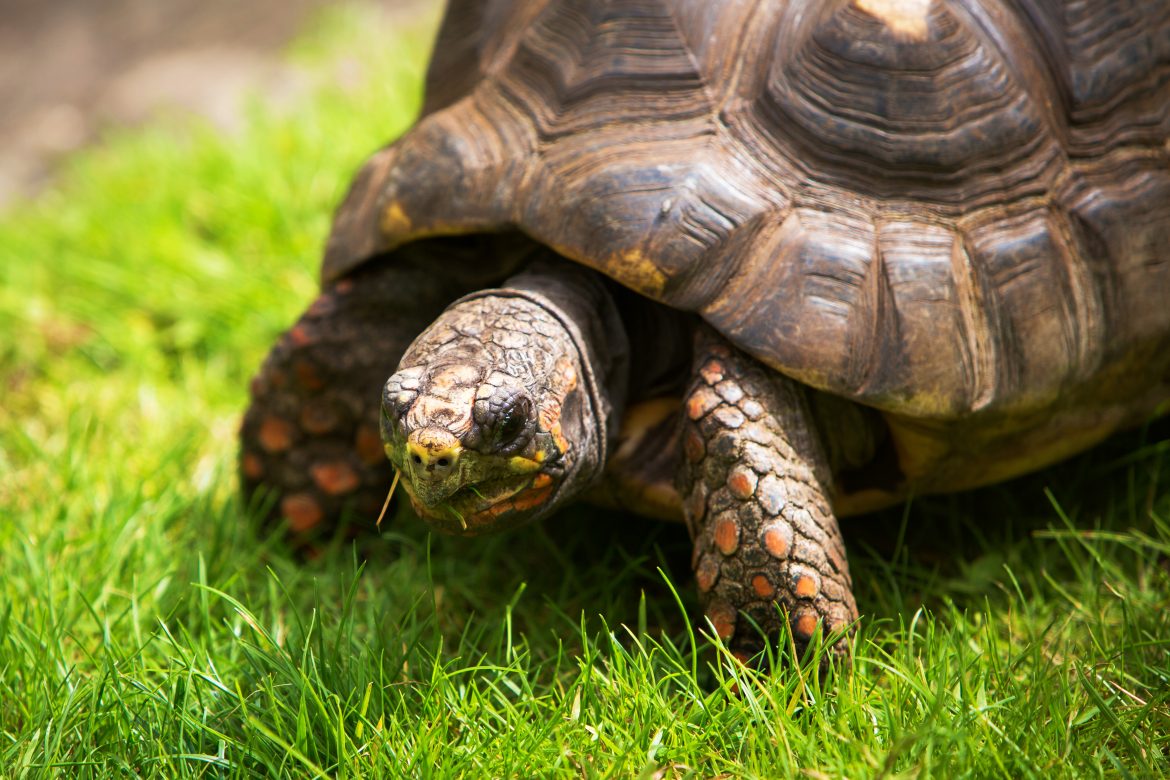
Red Footed Tortoise
The Red-Footed Tortoise originates from central and northern South America. and Central America. It has also been introduced to several Caribbean islands.
